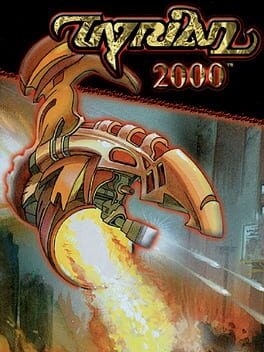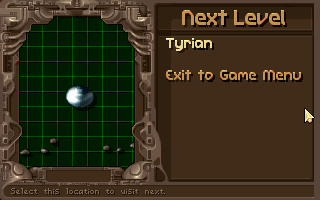

In 1863, William De La Rue developed his own version, Azulin Purple (Young 2007).

Mauveine, derived from aniline, was the world's first synthetic dye, made by 18-year-old William Henry Perkin in London in 1856. Aniline-based stamp inks have been widely reported by philatelists to bleed through to the back of the paper and fluoresce like volcanic lava under ultraviolet bombardment. It smelt of rotten fish and was used as an ingredient in hypergolic rocket fuel at the time. The inks were probably based on aniline, an aromatic amine distilled from coal tar. In 1947, all hell broke loose when magenta and fugitive inks became the rage. Overprint on pre-war chalk-surfaced stock.īrownish purple on post-war substitute paper.ĭesaturated purples on wartime striated paper. Still, it was quite well-behaved when it started out in 1945. Abdul Majid Dato Kassim’s tour de force shows 30 different combinations of shades, papers and dies, including subtleties like “purple-brown and light reddish purple”. 2002).Ĭameron (1950) listed 11 printings of bma 10¢, while Murray Payne (2015d) lists eight. Modern violet pigments are often based on cobalt bonded to elements like lithium, magnesium and arsenic (Corbeil et al. It is known to have been used only in southern Germany and the Tyrol from 1470 to 1520 (Spring 2000, Richter 2001). And one of the most exotic purple pigments is purple fluorite, which gets its colour from particular defects and impurities in the calcium fluoride crystal lattice. For example, Tyrian purple (6,6-dibromoindigo) comes from the beautiful marine snail Murex. Photomicrograph with a 20× plan apochromatic objective and transmitted Köhler illumination.Īside from being the imperial colour, purple is very interesting chemically and even biologically. Micrograph in cross-polarized reflected light showing a mixture of violet and salmon-orange pigment, slight bleeding of ink and birefringent cellulose fibres of different diameters.

Note, however, that paper colour can influence the perceived shade of the ink. A calibrated and standardized imaging procedure ensures colour consistency and accuracy if viewed on a calibrated monitor. The aim is not to identify print requisitions or dates, which are in good hands, but to explore the colour spectrum of the 10¢. It catalogues both visible reflectance (left side of composite image) and ultraviolet fluorescence (right side of composite image) at high resolution and covers the complete lifespan of the coconut definitive.

This is the first-ever full-colour photographic guide to the shades of the 10¢ coconut definitives. I also embrace colour changelings in used stamps, an additional layer of variability usually excluded from colour studies, in the hope of uncovering insights into ink chemistry. The longer time scale of observation also lays the foundation for reconstructing a broader picture of the evolution of security printing doctrine and developments in ink manufacturing technology.
#Tyrian 2000 left stuck full#
Only when one views the whole panorama of the Universal Coconut Duty Plate from 1936 to the 1950s, including the pre-war Straits Settlements issues, does one see the full chromodiversity of the 10¢.Įxamining 10¢ magenta shades with microspectrophotometry and hyperspectral imaging between 400 nm and 1000 nm. But philatelists usually study these two issues separately, since BMA and the postwar Malay states are seen as different collecting specialties. The varieties of the BMA MALAYA 10¢ and post-war 10¢ are legendary. But no stamp beats the 10¢ magenta coconut definitives for sheer diversity of shades. When it comes to stamps, magenta has the distinction of being the colour of the world's most expensive stamp. Napoléon also created the honorary title of Duke of Magenta ( Duc de Magenta), which also became the name of a famous Thoroughbred racehorse in the United States. Hat-makers in Paris named one of their latest colours after it, according to the De La Rue Journal, and the name stuck. In 1859, during the Second Italian War of Independence, the French army under the command of Napoléon Bonaparte scored a decisive victory against the Austrians in the Italian town of Magenta, near Milan. Previous section | next section | back to table of contents


 0 kommentar(er)
0 kommentar(er)
